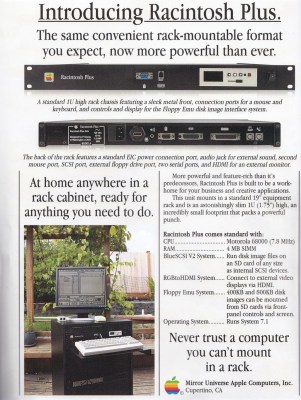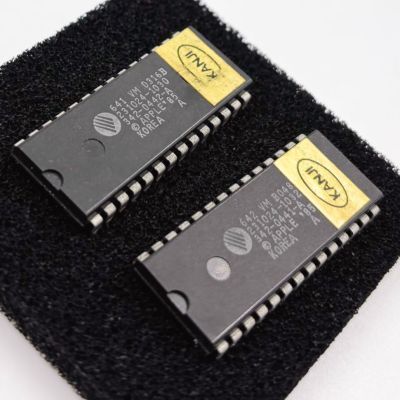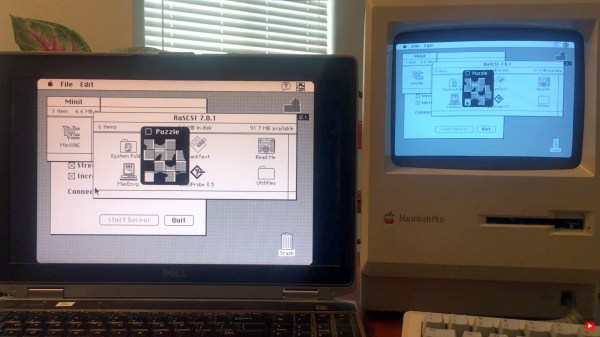For all its friendly countenance and award-winning industrial design, there’s one thing the venerable Macintosh Plus can’t do: fit into a 1U rack space. OK, if we’re being honest with ourselves, there are a lot of things a Mac from 1986 can’t do, but the rack space is what [identity4] was focused on when they built the 2025 Rackintosh Plus.

For those of you already sharpening your pitchforks, worry not: [identity4]’s beloved vintage Mac was not disassembled for this project. This rack mount has instead become the home for a spare logic board they had acquired Why? They wanted to use a classic Mac in their studio, and for any more equipment to fit the space, it needed to go into the existing racks. It’s more practical than the motivation we see for a lot of hacks; it’s almost surprising it hasn’t happened before. (We’ve seen Mac Minis in racks, but not the classic hardware.)
Aside from the genuine Apple logic board, the thin rack also contains a BlueSCSI hard drive emulator, a Floppy Emu for SD-card floppy emulator, an RGB-to-HDMI converter to allow System 7 to shine on modern monitors, and of course a Mean Well power supply to keep everything running.The Floppy Emu required a little light surgery to move the screen so it would fit inside the low-profile rack. [identity4] also broke out the keyboard and mouse connectors to the front of the rack, but all other connectors stayed on the logic board at the rear.
Sound is handled by a single 8-ohm speaker that lives inside the rack mount, because even if the Rackintosh can now fit into a 1U space, it still can’t do stereo sound…or anything else a Macintosh Plus with 4 MB of RAM couldn’t do. Still, it’s a lovely hack. and the vintage-style advertisement was an excellent touch.
Now they just need the right monochrome display.

















